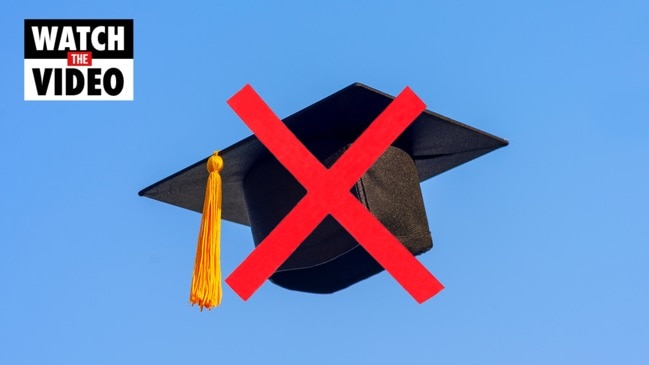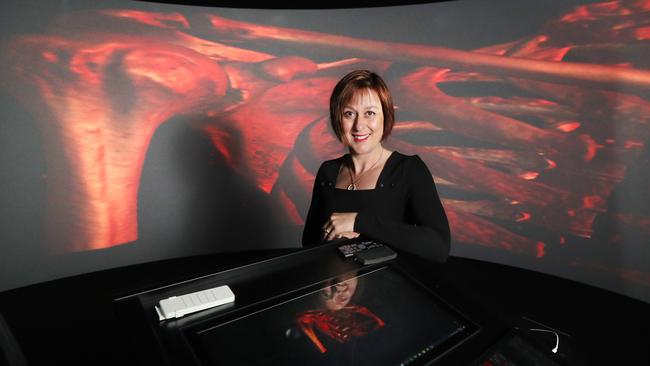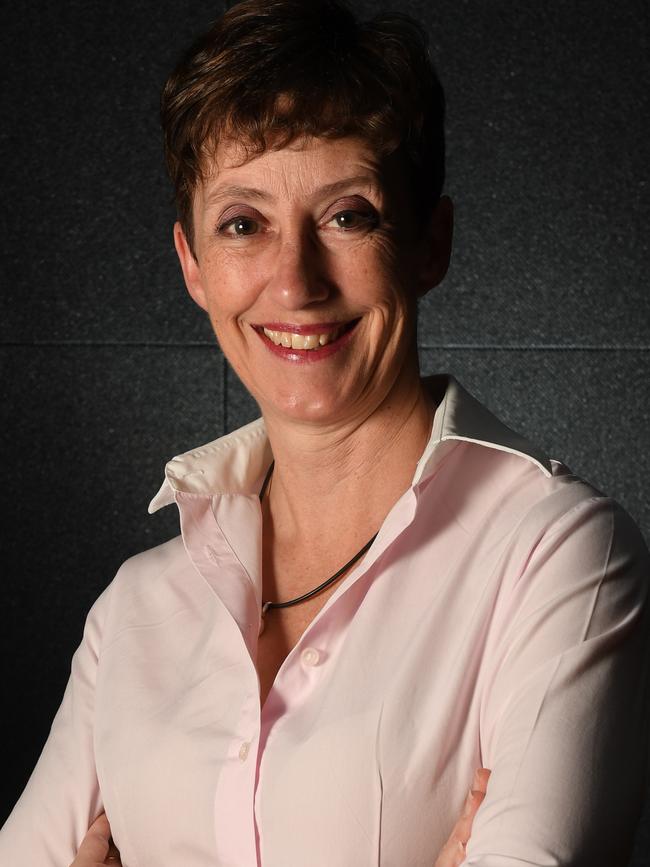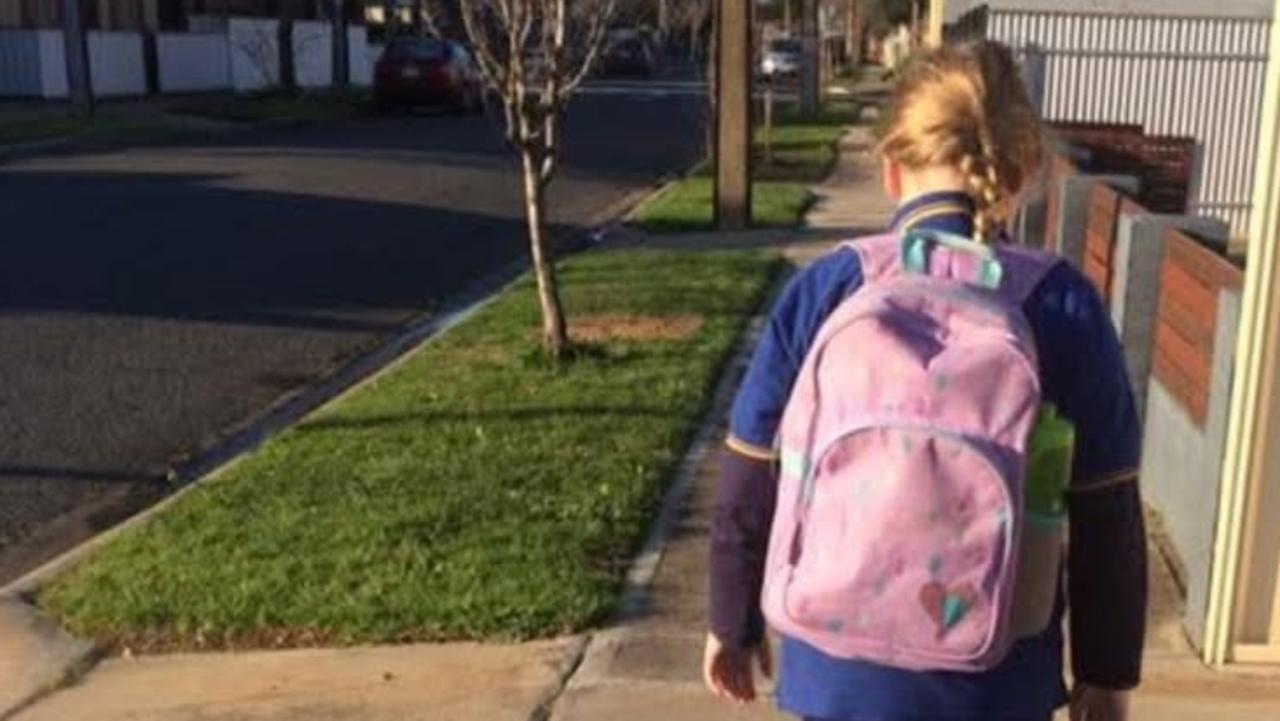How hard will you need to work to get into the course you want? Search our table of ATAR rankings for entry to SA university degrees in 2021
How hard will you have to work to get into your preferred uni course? We’ve compiled the full list of ATAR rankings for SA uni courses.

SA News
Don't miss out on the headlines from SA News. Followed categories will be added to My News.
Getting a university place to study popular health courses has become harder, an analysis of entry scores in South Australia shows.
In contrast some engineering disciplines, media courses and business degrees have lower entry requirements this year based on Year 12 results.
With a six per cent increase to 26,390 in applications for undergraduate places at the state’s three main universities this year before the main round of offers, the cut-off point based on the Australian Tertiary Admission Rank (ATAR) has been under pressure.
The Bachelor of Nursing course was among the top ten courses attracting first preference choices at each uni.
For Adelaide University, would-be nurses could get in with an ATAR above 75.05, at UniSA with 70 and at Flinders with 65. These cut-off points were up on 75, 67.05 and 62.35 respectively in 2020.
In 2021, Flinders has split its Bachelor of Health Sciences into several streams; the ATAR cut-off last year was 70.1.
It now has separate streams, each with a different ATAR, for Ageing, Health Management, Health Promotion and Innovation (ATAR 70.3); Digital Health (73.65); Physiology and Neuroscience (72.95); Psychology (78.1); and Therapy Studies (71.85).
“The higher ATAR is reflective of the more specialised nature of the courses, in areas Flinders believes will be of growing future demand,” a spokeswoman said.
Adelaide University introduced allied health courses in physiotherapy, occupational therapy and speech therapy this year.

Inaugural Professor Rachel Gibson said the courses would “immerse students in teaching and learning experience in both purpose-built allied health facilities, and specialist facilities shared with the other health and medical science programs”.
ATAR cut-offs at Flinders and UniSA rose for speech therapy, with physiotherapy and occupational therapy also in demand.
Courses which were easier to get into this year included a combined Bachelor of Finance and Bachelor of Maths and Computer Science at Adelaide with an ATAR of 65, down from 85.45 in 2020.
At Flinders a Bachelor of Business combined with Arts or International Relations was at 80.8 this year, down from 97.9.
At UniSA, a Bachelor of Business combined with a Masters in Management (human resources) was at 65.25, down from 74.8 in 2020.
Universities are increasingly providing alternative pathways to gain a place but the ATAR remains the most common route.
“About 58 per cent of offers have been made on the basis of an ATAR,” SA Tertiary Admissions Centre chief executive Start Mossman said after the main round of offers were made for this year.
“(In addition) the institutions continue to offer places based on experience and qualifications other than ATAR.”
UniSA chief academic officer Allan Evans said ATARs were only one way of assessing a student’s suitability for entry.
“The ATAR is primarily a ranking mechanism that enables an equitable approach to students being able to enter programs that are highly competitive and where there are often limited places available,” Prof Evans said.
“As a result, ATAR cut-offs can vary significantly over time as there are changes in student interest, but also the number of places that universities are able to offer given the requirements of certain industries and professions.”


Flinders University deputy vice-chancellor Clare Pollock said the increased applications and offers of places to students reflected the university’s future-focused courses and student-centred ethos.
“Course variations and fluctuating intakes notwithstanding, over the past five years we’ve have maintained the level of our academic minimum cut-offs in virtually every course, and in general our actual cut offs are above the university’s minimum required for course entry,” she said.
This year, domestic students partly funded by the Federal Government will be charged under a new fee structure aimed at pushing students into “Job-Ready” courses such as teaching by making them cheaper and away from others such as law, which are now more expensive.
Adelaide University interim deputy vice-chancellor Jennie Shaw said this year the change “hasn’t had any effect at all”.
“It may have an impact on future years but most students had already made their decisions,” she said.
“If students now felt that certain degrees were far too expensive, we would have seen falls in those areas – but we have not.”
Nor had there been a sudden increase in cheaper courses.
Applications to study teaching had actually fallen slightly, possibly partly because the coronavirus pandemic had made 2020 a very challenging year for teachers, she said.
Offers for university places are being made via SATAC to the end of March.




